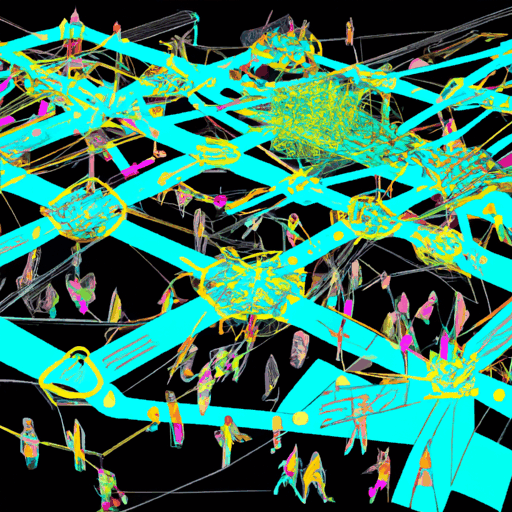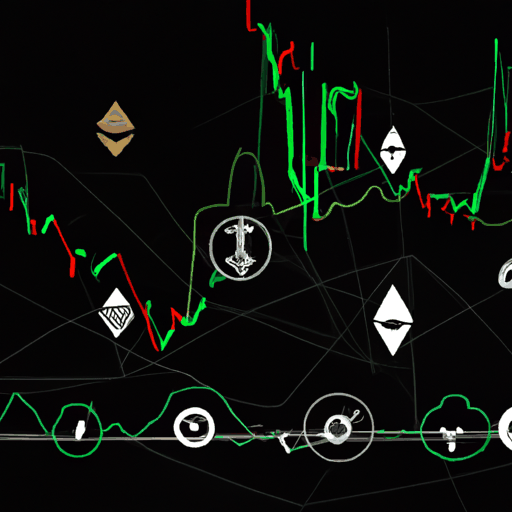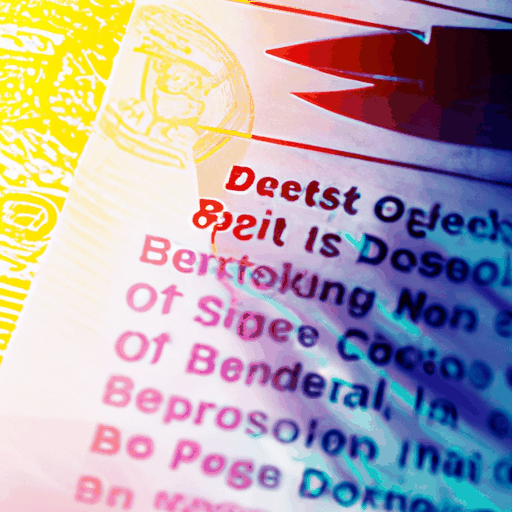
Learn Concept: Vitalik Buterin's Ethereum Alignment
By: Eva Baxter
In a recent blog post, Vitalik Buterin, co-founder of Ethereum, introduced the concept of 'Ethereum Alignment.' This idea aims to unite the diverse Ethereum community, including researchers and developers, toward cohesive goals. Buterin noted the challenge in coordinating decentralization and cooperation, stressing that the ecosystem should not devolve into numerous incompatible projects.
Open Source: One of the criteria for 'Ethereum Alignment' is the use of open-source software. Ensuring safety and reducing proprietary lock-in, open-source software allows for permissionless third-party improvements. Core infrastructure should adhere to definitions like FSF-free software and OSI open source.
Open Standards: Another criterion is open standards. Applications should be interoperable within the Ethereum ecosystem, utilizing standards like ERC-20 and ERC-1271. When existing standards are inadequate, new ERCs should be developed.
Decentralization and Security: This criterion involves minimizing trust points and the risks of censorship. Projects should use tests like the walkaway test (functional without team/servers) and the insider attack test (impact if team subverts system).
Positive-Sum Approach: Projects should contribute positively to the Ethereum community and the broader global society. Contributions could involve using ETH as a token, supporting open-source tech, or donating to public goods. The focus should be on creating a more open and free world, enabling new forms of ownership and collaboration.
Vitalik Buterin suggested more entities like L2beat, an analytics platform, to track adherence to Ethereum Alignment. He emphasized that while criteria should be clear, the Ethereum Foundation (EF) should not centralize this process, maintaining decentralization. Buterin concluded that well-defined criteria would help in deciding which projects to support.
For a detailed dive into Vitalik Buterin's views, visit the complete article here.



